Key in a search term below to search our website.
Key in a search term below to search our website.
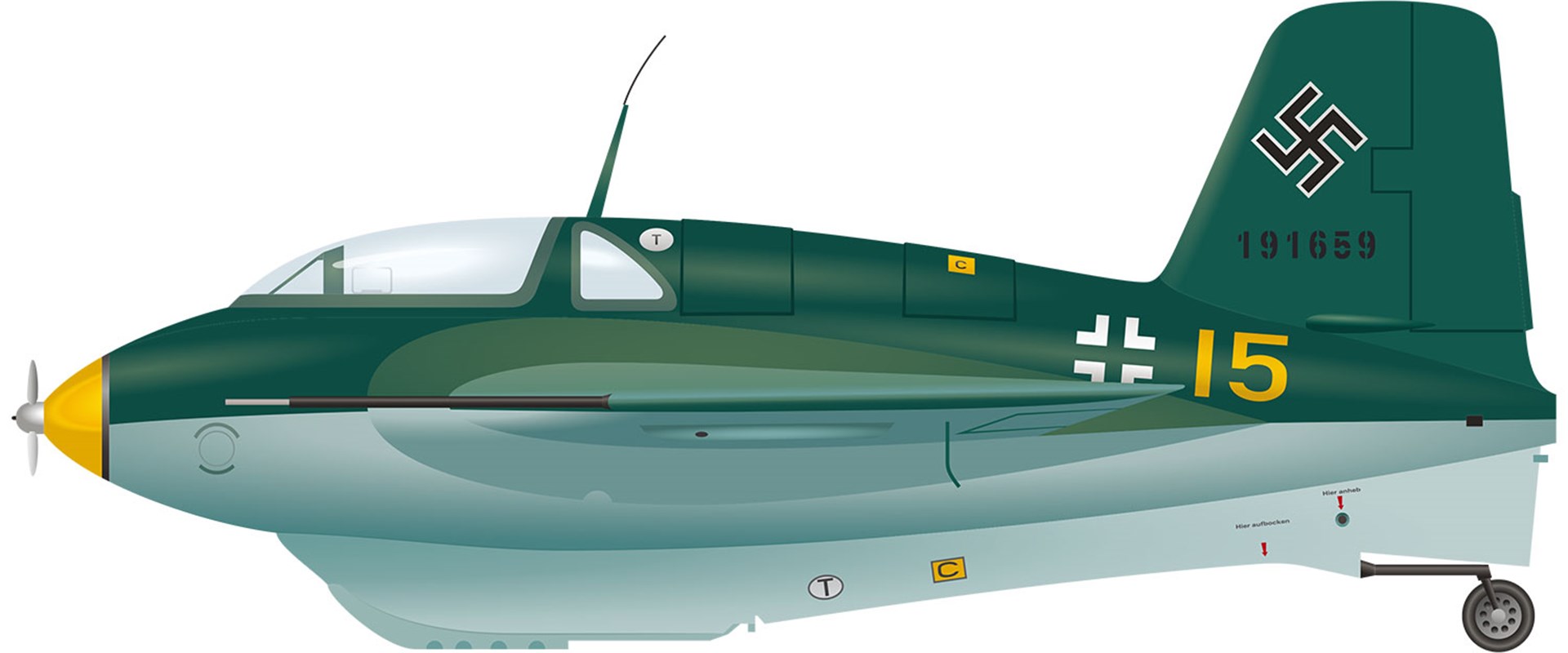
The rocket-powered Komet was the fastest aircraft of the Second World War.
This aircraft was built in Nazi Germany by slave labour. It was assembled by the Junkers aircraft company from parts built by several manufacturers. You can find out more about the Komet here.
| Date: | 1945 |
| Mark: | Me 163B-1a |
| Crew: | 1 (pilot) |
| Top speed: | 596 mph (960 km/h) |
| Range: | 50 miles (80 km/h) |
| Weapons: | 2 x 30mm MK 108 cannons |
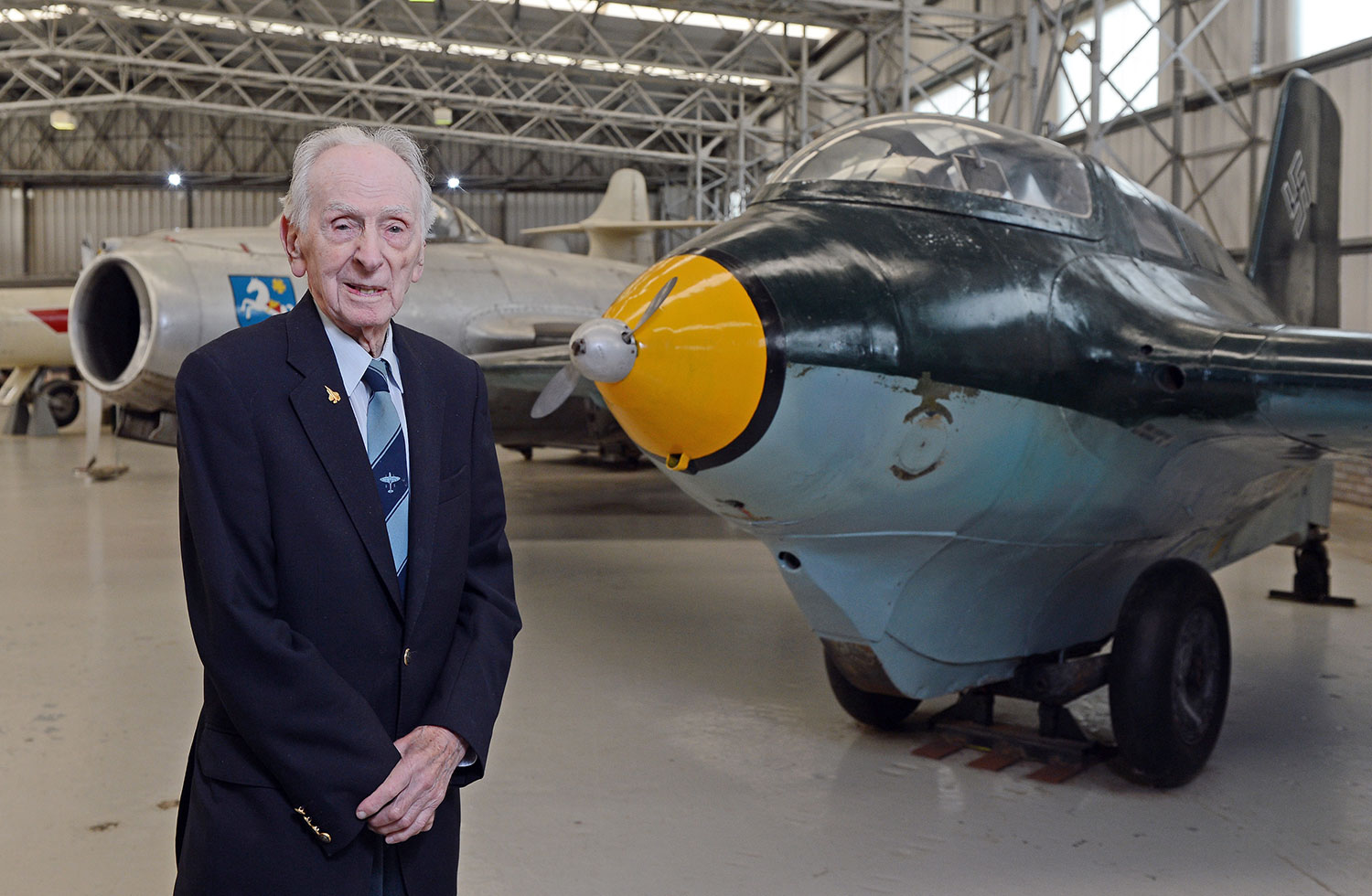
Captain Eric ‘Winkle’ Brown photographed in September 2015 beside our Komet, the aircraft he flew in June 1945.
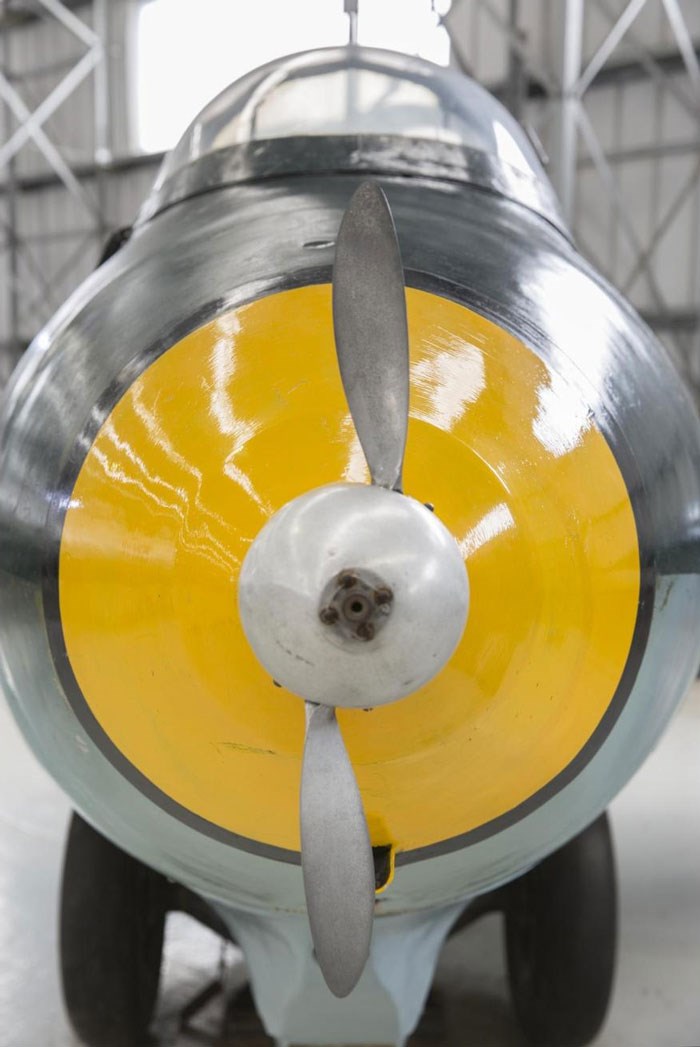
The Komet's small propeller is not designed to move it but to power equipment.
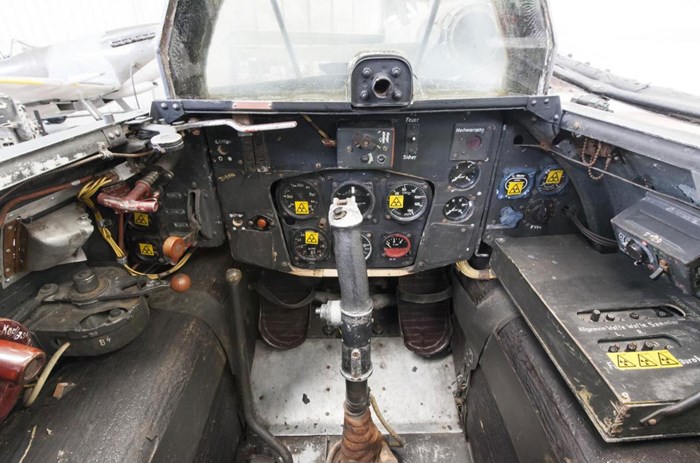
The cockpit of the Messerschmitt Komet.
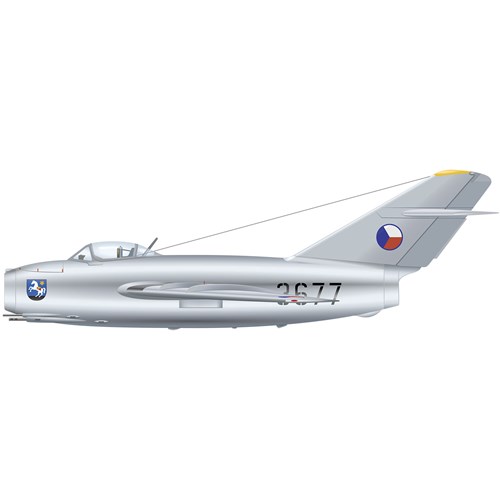
Between 1954 and 1958, Czechoslovakia (now the Czech and Slovak Republics) used the S-103 as its main jet fighter.
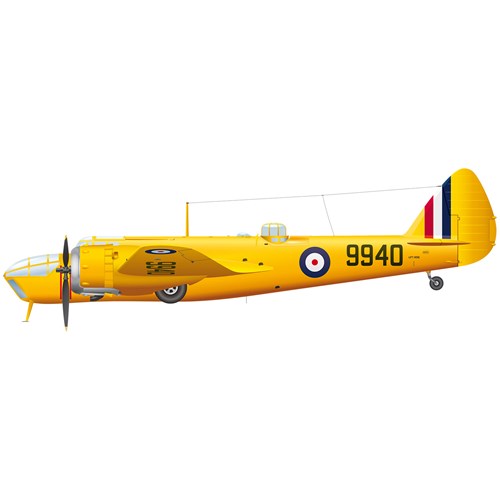
The Bolingbroke was the name given to the Bristol Blenheim light bomber built under licence in Canada.
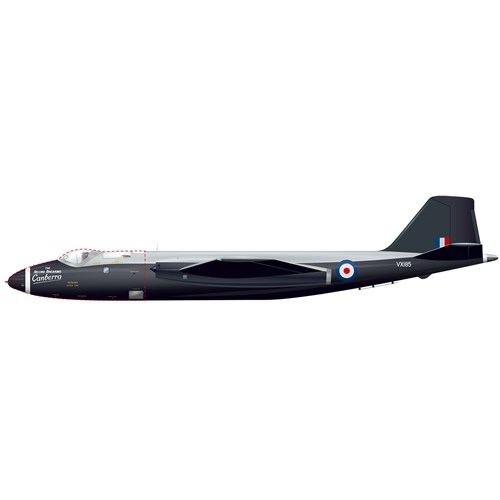
The Canberra was the first Royal Air Force bomber powered by jet engines.
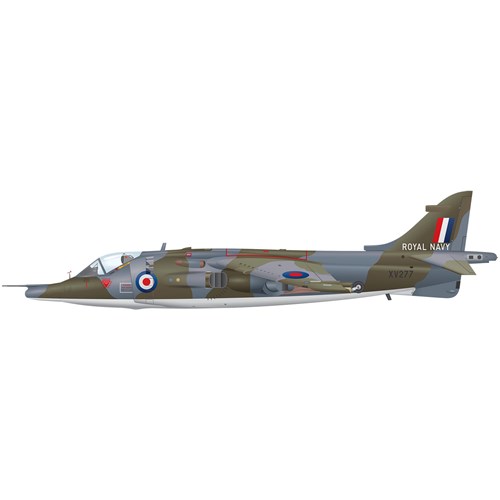
Known as the ‘jump jet’, the Harrier was the world’s first vertical take-off combat aircraft to enter operational service.
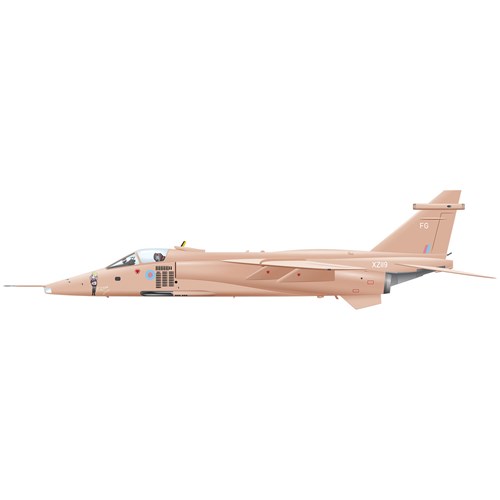
The Jaguar was a tactical strike and reconnaissance fighter which could carry nuclear weapons.
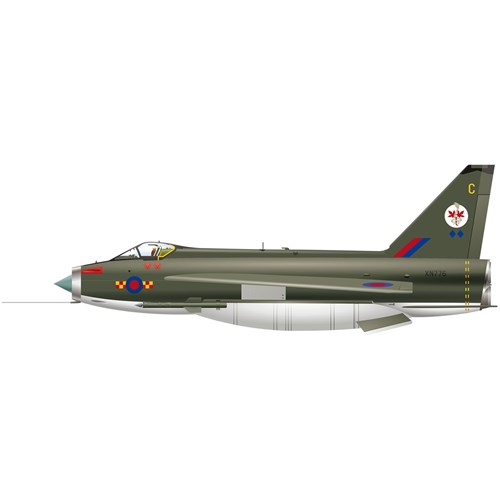
The Lightning was the first supersonic jet fighter in the Royal Air Force.
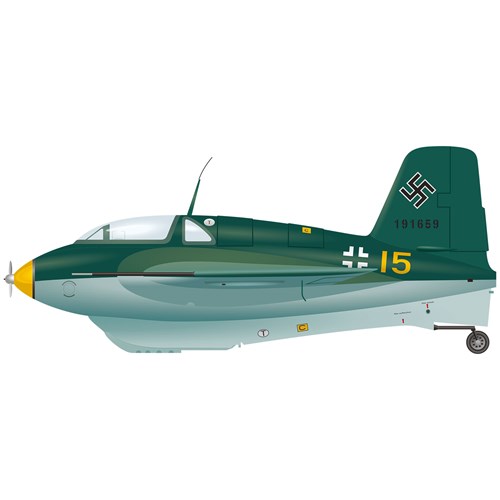
The rocket-powered Komet was the fastest aircraft of the Second World War.
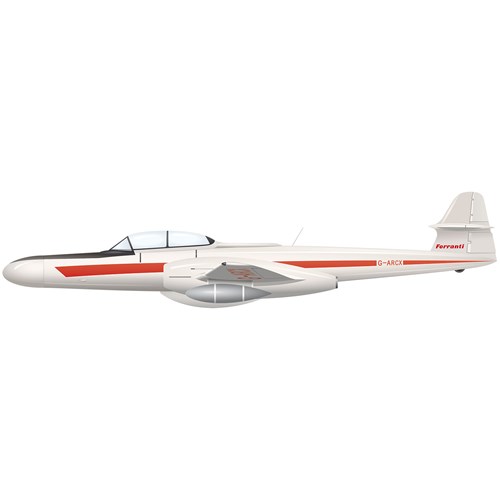
The Meteor was the Royal Air Force’s first jet fighter. It entered service in 1944.
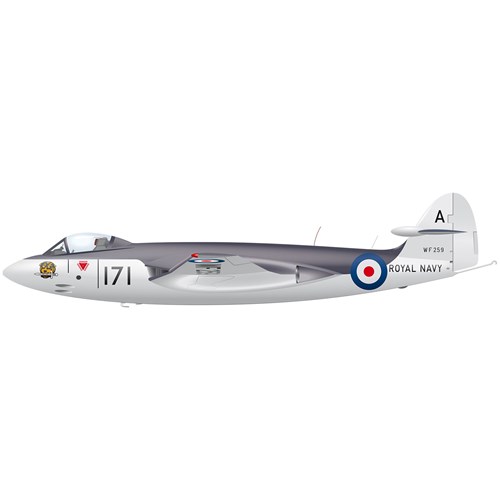
The Sea Hawk was a single-seat jet fighter which entered service with the Royal Navy Fleet Air Arm in 1953.
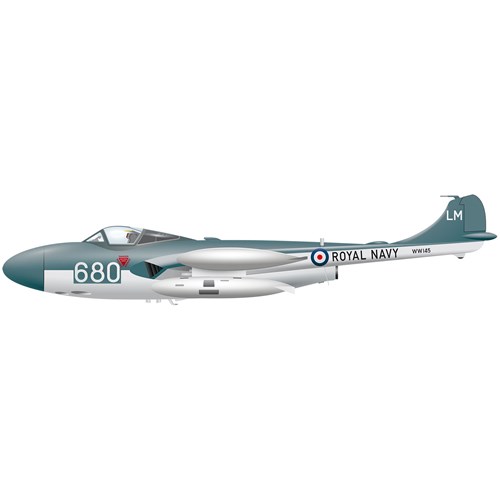
The Sea Venom was the Royal Navy Fleet Air Arm’s first all-weather jet fighter.
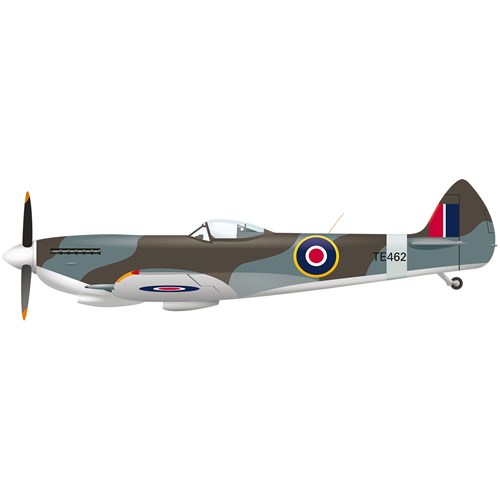
The Spitfire is the most famous of all British combat aircraft.
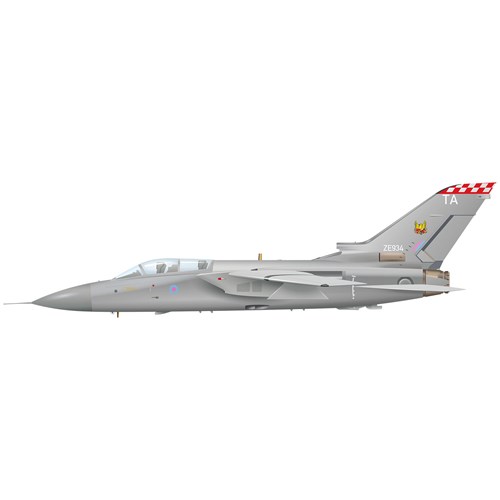
The Tornado was the Royal Air Force’s only variable geometry (swing wing) aircraft.